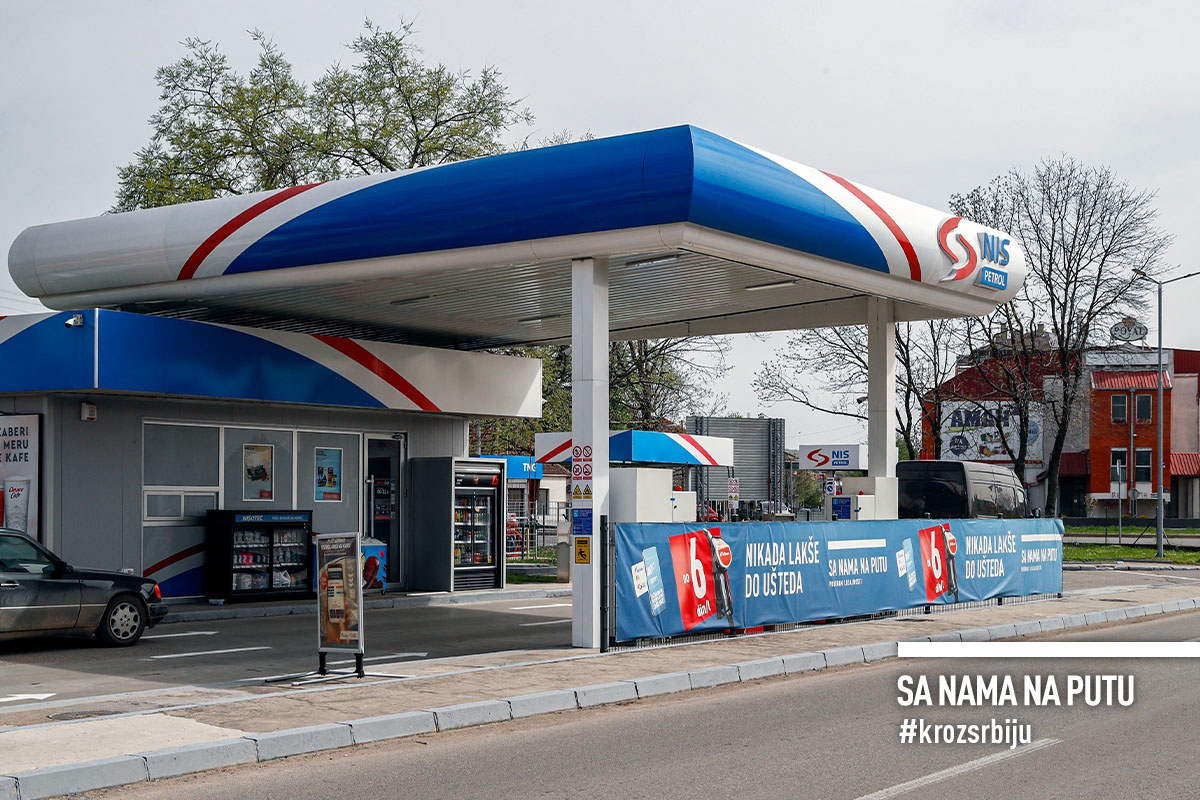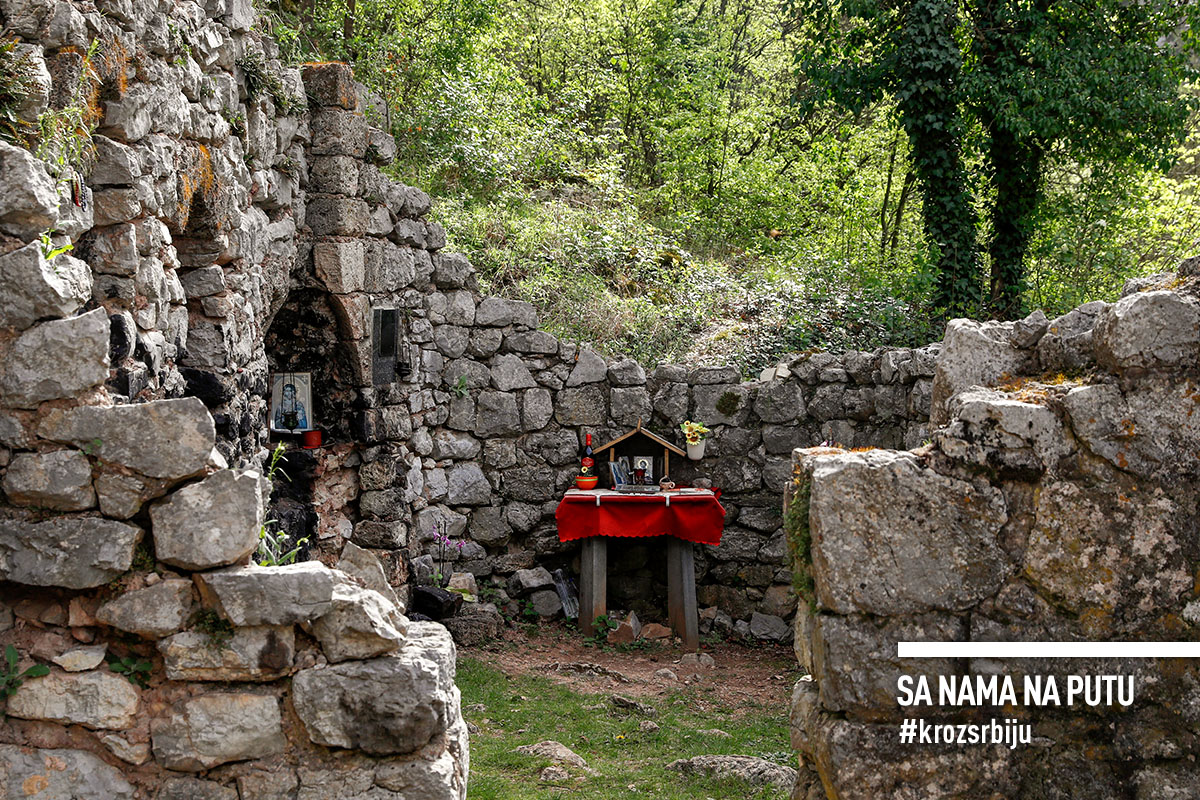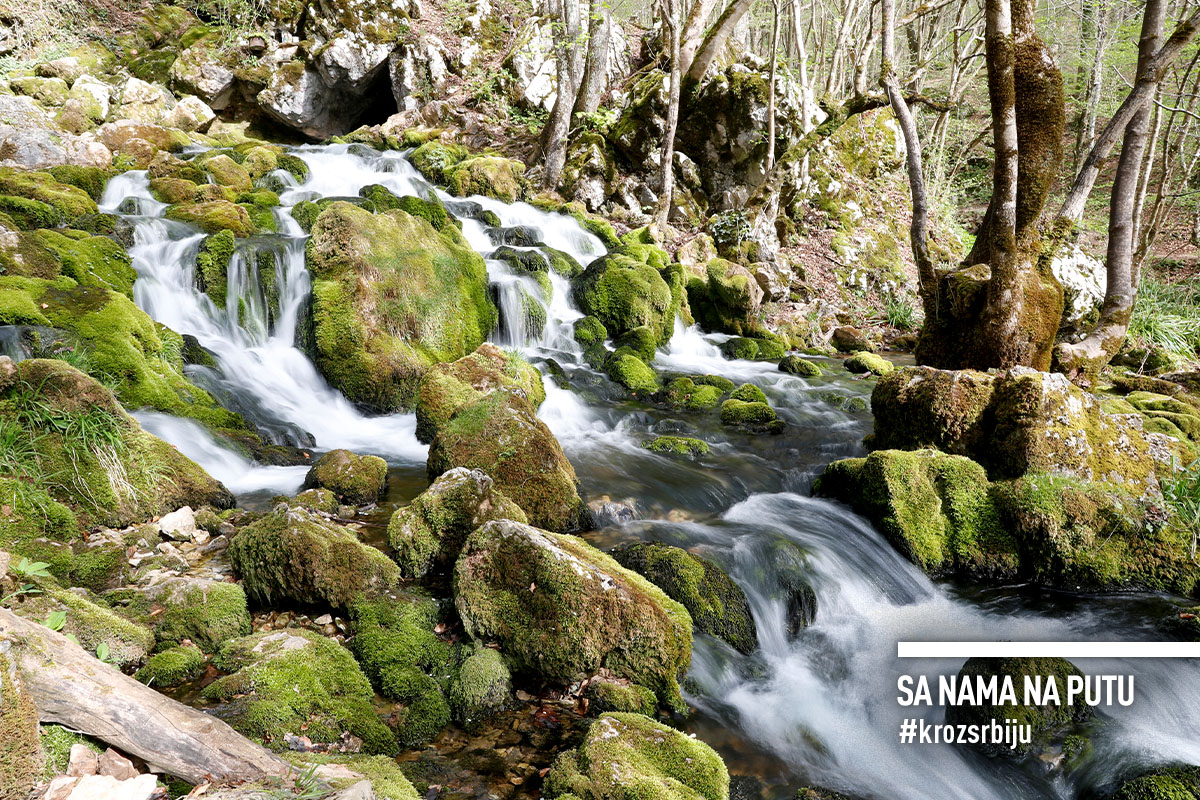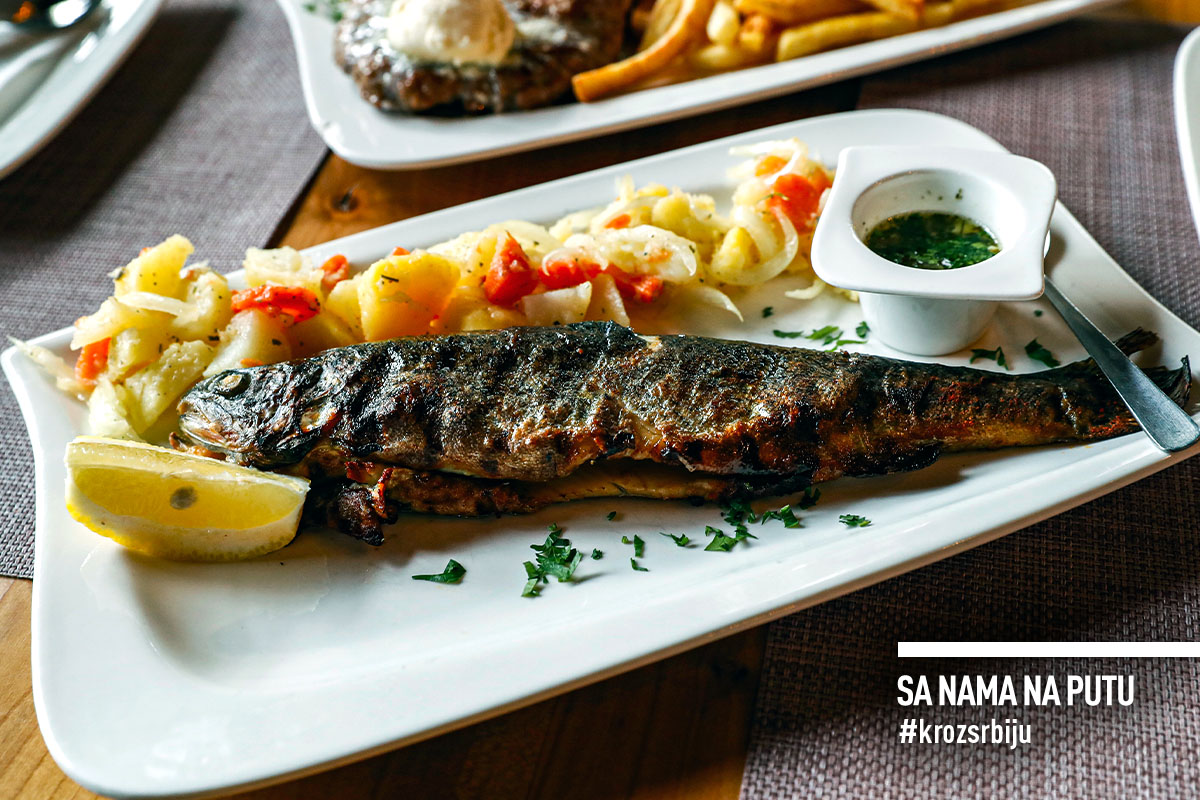This small town is tucked away almost in the very heart of Serbia, in the fertile region of Middle Pomoravlje, in the shadow of the slopes of the Kučaj Mountains. Filled with the waters of Grza and Crnica rivers, close to the Great Morava river and the fairy-tale nature interwoven with history and spirituality. It is an invitation to mingle not to be turned down.
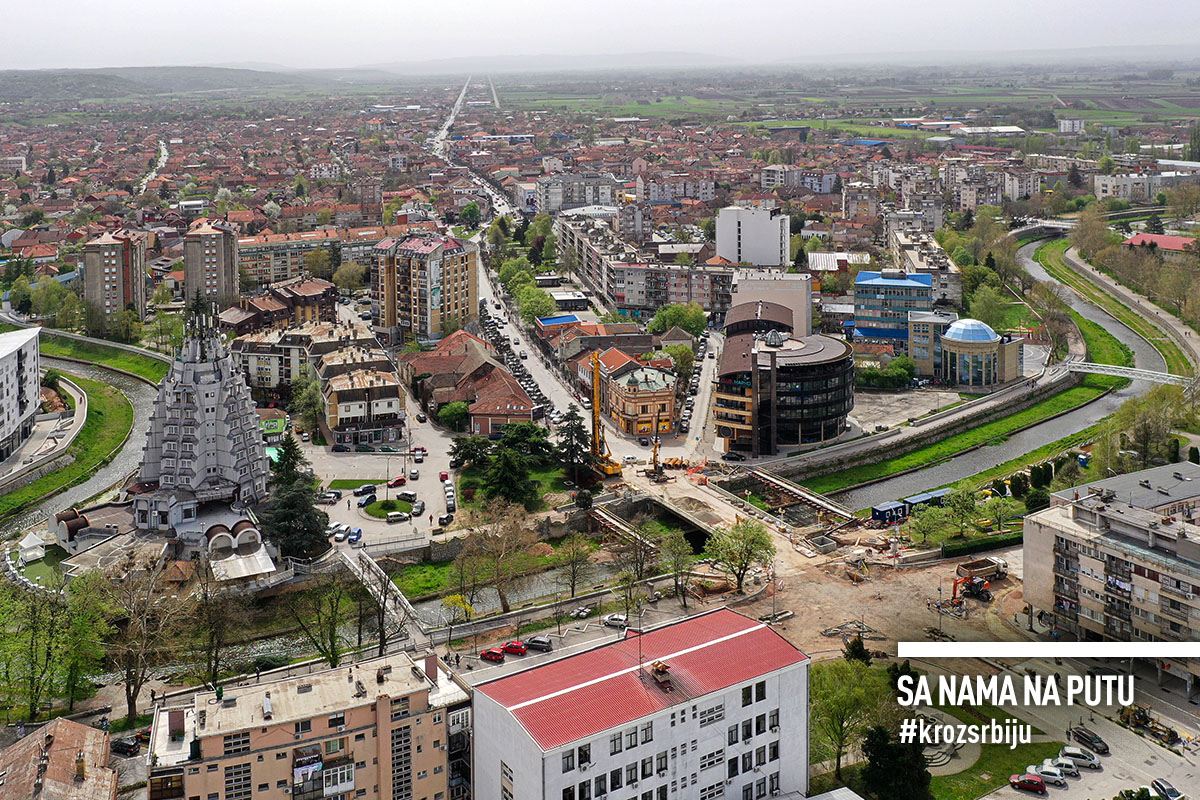
BECAUSE PARAĆIN IS AN INTERSECTION OF ROADS
This area has been inhabited since early prehistoric times, in Roman times it was a trading post with a horse change station called Sarmates, and its today’s name originates from the settlement, the Parakin’s Ship Square (crossing), mentioned in the charter of Prince Lazar from the 14th century. In the mid-19th century, it gained the status of small town, and today, it lives peacefully on the banks of Crnica, harmoniously, somehow secretly, in accordance with the nearby natural rarities perhaps.
The most beautiful part extends along the Crnica river, which flows into the Great Morava River not far from the city. As limestone rocks make its waters white (bela in Serbian) at the source, it was once called Belica. But after one of the Ottoman iniquities, when the gathered people for a religious holiday were killed and their bodies thrown into the river, the water turned red, and the people started calling the river “black” (crna). Its banks, connected by several white, unusual pedestrian bridges, are adorned with well-maintained green areas with benches for rest. The Petrus Hotel stands out on the river itself, quite shaky on the outside. Above, on a hill, the Holy Trinity Church rises, with its today’s appearance dating from the end of the 19th century. It was built in Serbo-Byzantine style, with Baroque interior, while the icons on the wooden iconostasis came from Russia.
The city center is dominated by the Monument to the Fallen Warriors of World War I, and along the promenade there are many boutiques, cafés with gardens and pastry shops, but the famous traditional “Vasa’s cake” is nowhere to taste. The original recipe was created right here, and is a symbol of family love. Namely, tradition says that out of gratitude to her son-in-law, the mother-in-law made the most delicious cake made of almonds, walnuts and oranges, and out of respect, she named it “Vasina cake” after him. However, the tradition seems to have died down. Too bad, it could be a strong and tasty asset of the city for its visitors. And the people of Paraćin could then be affectionately called “Vasinci” and not “Džigerani” (derived from the Turkish word for “liver). They got their nickname during the visit of Prince Miloš Obrenović. As they did not know how to treat him with hospitality, they asked the people of Jagodina for advice. And they decided, witty as they are, to make a prank, proposing liver. Instead of satisfaction with the feast, the prince said in anger: “Liver, what kind of meat are you? People of Paraćin, what kind of people are you?” We did not ask whether the liver was banished forever from the culinary offer of Paraćin, but Vasa’s cake apparently was, unfortunately.
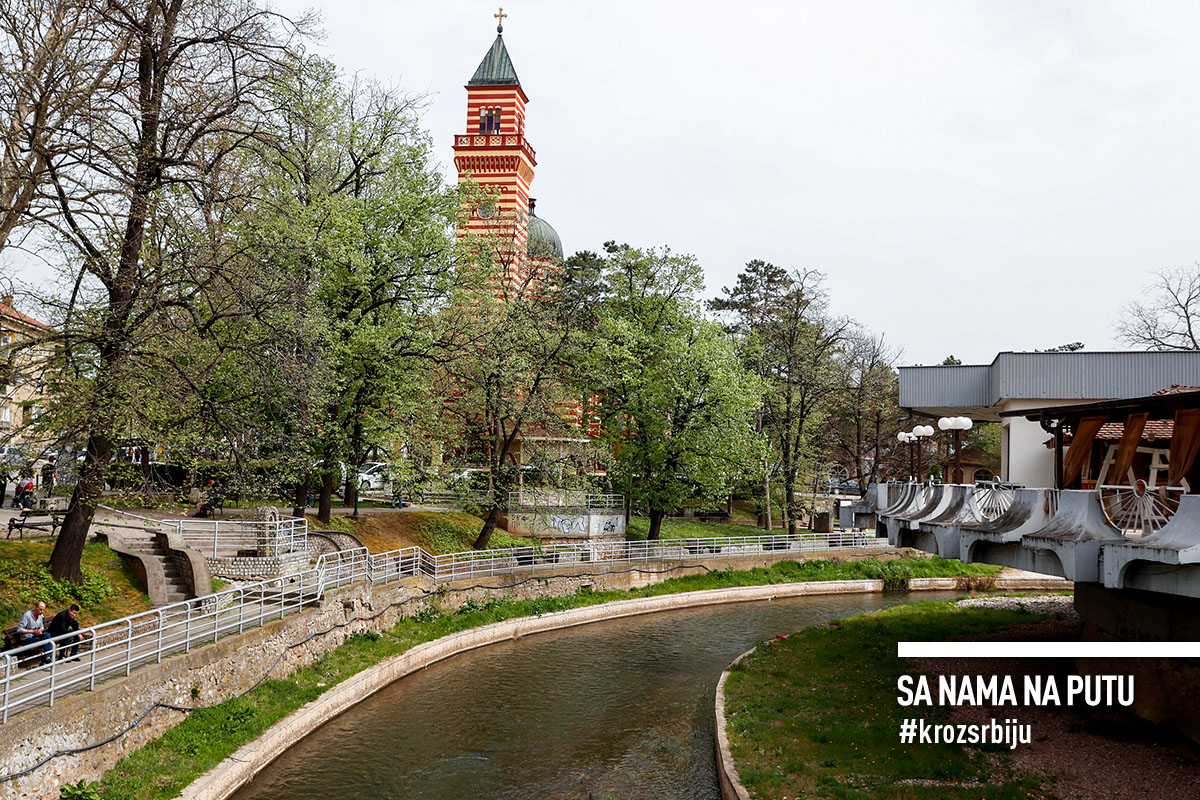
BECAUSE A CONTEMPORARY DINOSAUR LIVES IN THE LOCAL HERITAGE MUSEUM
It is housed in one of the first two-story buildings and probably the most impressive one in the city. The house of Judge Petar Ružić built in the 1870s. The setting is modest, the interior needs a little tweaking, but there are interesting things to see. In addition to the prehistoric, ancient, numismatic, and ethnological collection, the natural history collection is particularly interesting. Skulls and horns of “orijaš” deer, ibex, cave bear, and crocodile head fossil, from period when the Pannonian Sea was a lake, are on display. Its age is estimated at between 20 and 50 million years. So, the curator explains that it lived together with dinosaurs. Well, we learned that Kika and Vika, the mammoths, are not the oldest inhabitants of these areas, but that the title is held by Mr. Crocodile himself. The first floor features an overview of the economic development of Paraćin from a Turkish “kasaba” to a European town, and part of it was, of course, dedicated to the famous Paraćin glass.
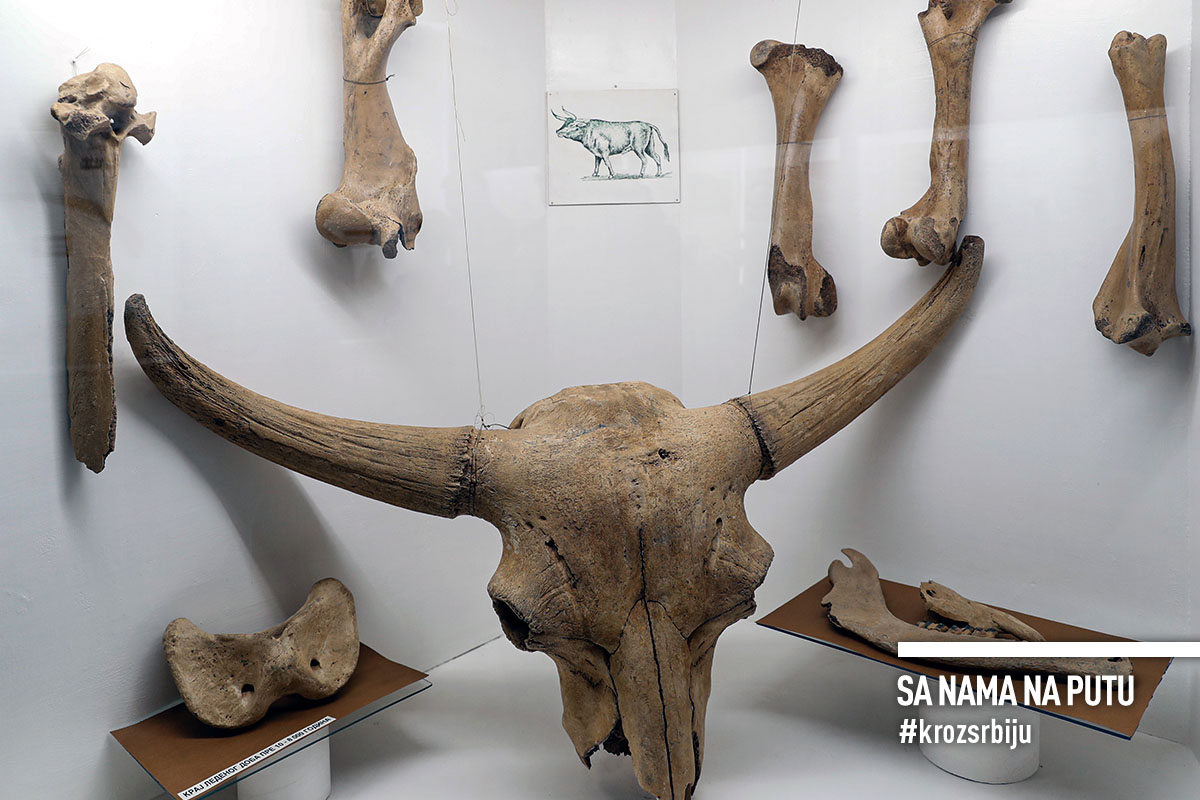
BECAUSE THE DRIVE GO APP SAVES TIME
Time is money, as businesspeople often say, and most others do not like to waste it, much less wait in line. Modern technologies also came to the rescue. The Drive.Go mobile app allows drivers to pay at the refueling point itself, without leaving the vehicle. No crowds or nudges, quick and easy. And as summer approaches, even without sweating. Download the app and beat the heat. And spend the time you saved at your choice, as you wish.
